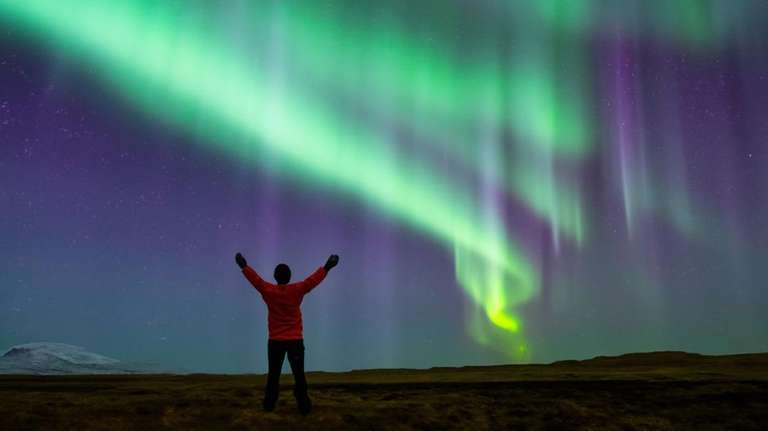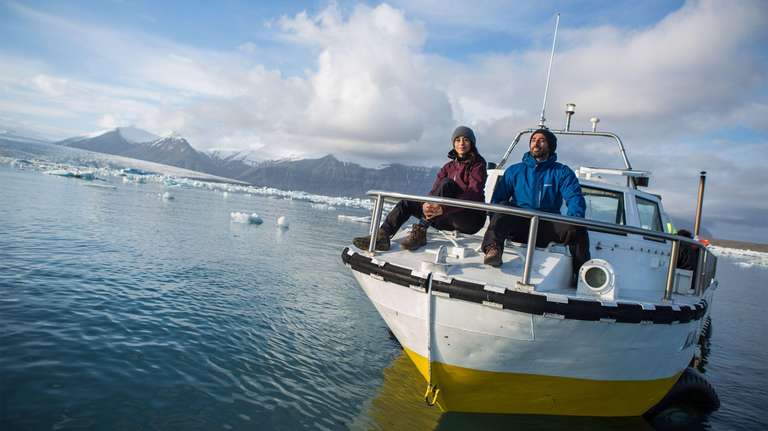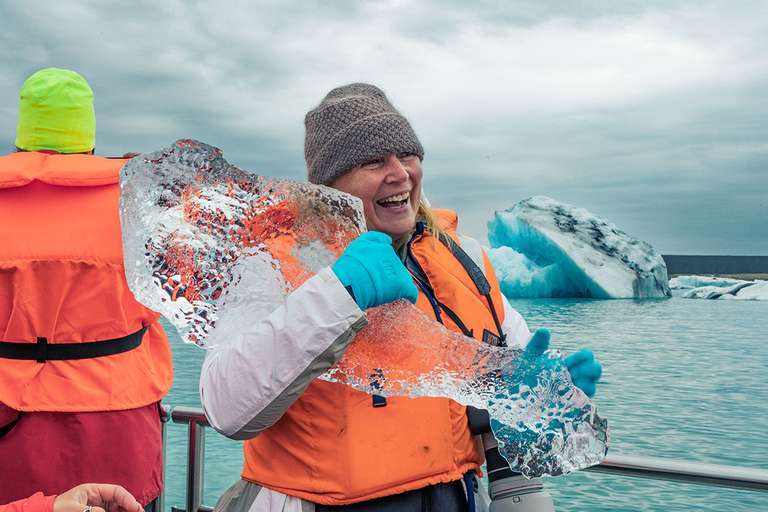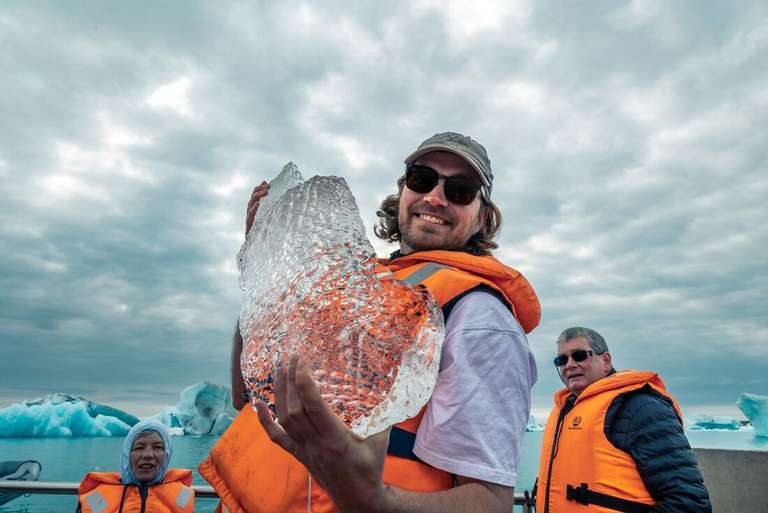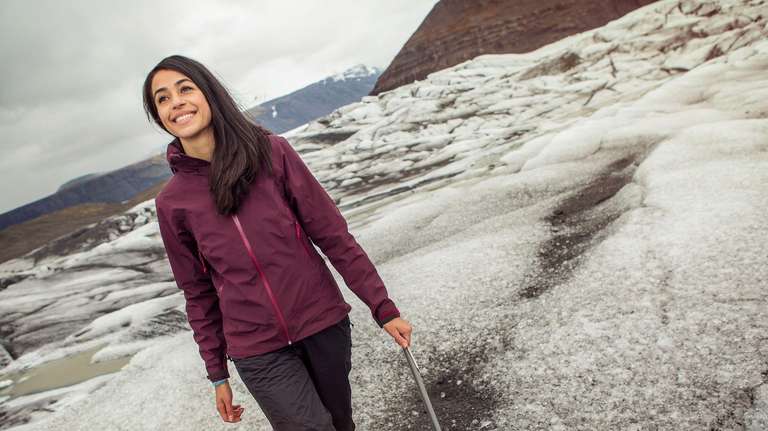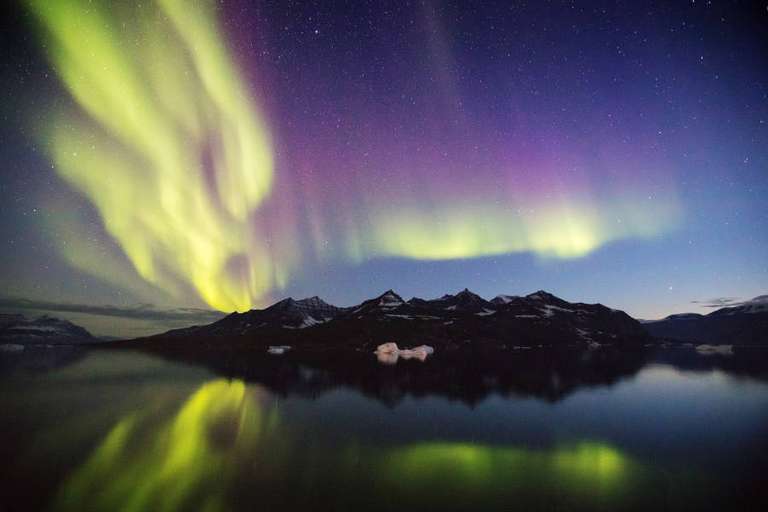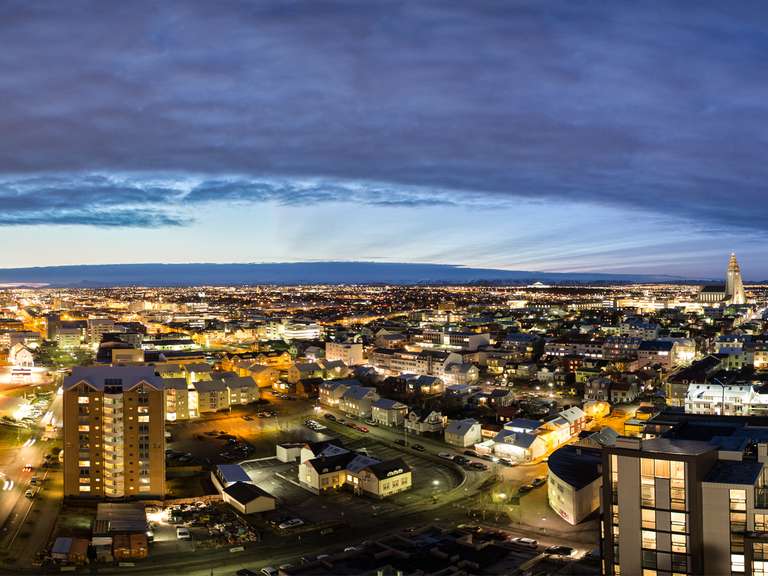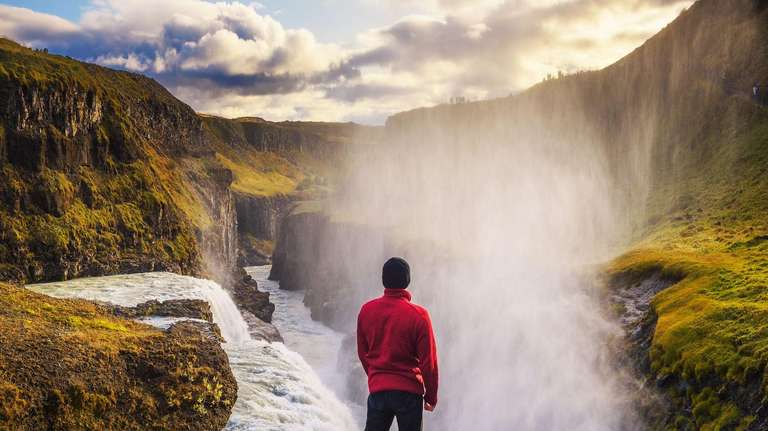Best Time to Visit Iceland
- Excellent
- Good
- Fair
- Poor
- JanAvg Daily: 2 ° CAvg Nightly: -1 ° C
- FebAvg Daily: 2 ° CAvg Nightly: -1 ° C
- MarAvg Daily: 2 ° CAvg Nightly: -1 ° C
- AprAvg Daily: 5 ° CAvg Nightly: 1 ° C
- MayAvg Daily: 8 ° CAvg Nightly: 4 ° C
- JunAvg Daily: 12 ° CAvg Nightly: 7 ° C
- JulAvg Daily: 13 ° CAvg Nightly: 9 ° C
- AugAvg Daily: 13 ° CAvg Nightly: 8 ° C
- SepAvg Daily: 9 ° CAvg Nightly: 5 ° C
- OctAvg Daily: 6 ° CAvg Nightly: 2 ° C
- NovAvg Daily: 3 ° CAvg Nightly: 0 ° C
- DecAvg Daily: 1 ° CAvg Nightly: -2 ° C
- Excellent
- Good
- Fair
- Poor
- Jane W
- From
- Jane W
- From
- Leslie E
- From
- Danine D
- From
When is the Best Time to Visit Iceland: Quick Facts
| High Season | June to August |
| Low Season | September to May |
| All Seasons | March to May(spring), June to August (summer) September (fall), October to March (winter). |
A statistical overview of Iceland's weather here.
When to Visit Iceland: Seasonal Overview
Spring in Iceland — March to May

As spring arrives in Iceland, temperatures start to warm up, and snow and ice recede. The country’s landscapes come alive with the emergence of vibrant greenery and blooming wildflowers. Popular destinations are not as crowded as the summer months, but many hikes are still inaccessible.
| Avg. Temperature | 2.3°C (36.1°F) to 5°C (41°F) (in Reykjavik) |
| Rainfall | 34 mm |
| Is spring a good time to go to Iceland? | Not the best, but doable. The weather starts getting warmer, and the trails for hiking become more accessible with the melting snow. |
Highlights:
- Catch the best time for birdwatching in Iceland during spring as migratory birds return to the country.
- Witness the official start of the Atlantic puffin breeding season in Iceland in April by cruising to the Westman Islands, where charming puffins return to their nesting sites.
- Popular destinations like Landmannalaugar (of Rhyolite Mountain fame) and Kirkjufell Mountain can be visited in spring before crowds spoil their serene atmosphere.
- The Reykjavik Art Festival takes place in May every year and is attended by artists from around the world.
Tips:
- Although most of the F-roads start opening in Iceland during spring, it is only after spring that all of Iceland is fully accessible. So, ensure you are updated with the travel conditions through official sites or consult a local expert to create your itinerary.
- The weather in spring can still be very unpredictable, which can affect the travel conditions. Check the safetravel.is website before heading out for any trip.
- Spring comes right between the off-season and peak season in Iceland, so if you book your accommodations early, you can still grab off-season discounted prices.
In-depth month-wise guides:
Iceland in April
Iceland in May
Summer in Iceland — June to August

Summer is the best time to visit Iceland. The weather is warm, and you can explore every nook and cranny of the country. Most trekking paths and hiking trails are open, and the mountain roads are accessible. However, you should remember that this is the high season. As a result, the prices will be higher, and all popular destinations will be somewhat crowded.
| Avg. Temperature | 12°C (53°F) to 13.5°C (56°F) (in Reykjavik) |
| Rainfall | 26 mm |
| Is summer a good time to go to Iceland? | Yes, summer is a great time to visit Iceland. The mild and pleasant weather, extended daylight hours, and relatively dry conditions make it an excellent season for exploring the country's stunning landscapes and engaging in various outdoor activities. |
Highlights:
- Embark on a summer hike along the world-renowned Laugavegur trail, taking full advantage of accessible F-roads leading to its starting point.
- Late June and early July are the peak months to embark on an Akureyri trip to witness the midnight sun, as these summer months have the longest and brightest nights.
- Immerse yourself in the pristine waters of Silfra Fissure in Thingvellir National Park, offering a once-in-a-lifetime snorkeling experience amidst tectonic plates, especially with summer water temperatures exceeding 10°C.
- Join in the festivities of Iceland's National Day on June 17th, characterized by parades, concerts, and a lively atmosphere both in Reykjavik and throughout the country.
- Explore the lush green moss-covered terrain of Maelifell Volcano in Myrdalsjökull Glacier Park, a fantastic summer destination.
- Participate in a a variety of events from June to August, including Secret Solstice, Reykjavik Cultural Festival, Jazz Festival, Dance Festival, and the Gay Pride Parade, creating a vibrant summer calendar to anticipate.
Tips:
- Secure your accommodations well in advance, as summer is the busiest tourist season in Iceland.
- Be prepared for popular attractions to be busier; consider visiting early or late in the day to avoid crowds.
- In summer, Iceland's highlands become fully accessible, so consider a 4x4 adventure to reach remote and idyllic destinations.
Our in-depth monthly guides:
Iceland in June
Iceland in July
Iceland in August
Fall in Iceland — September

If you plan a trip to Iceland in September, you will find that fall is slowly settling in. There might be a slight chill in the air, and the popular attractions are largely free of tourists. Outdoor activities like hiking are still possible.
| Avg. Temperature | 5°C (41°F) to 9°C (48°F) (in Reykjavik) |
| Rainfall | 40 mm |
| Is fall a good time to go to Iceland? | Fall may not be the best time to visit Iceland in terms of weather, but it is still a decent season to visit the country if you prefer fewer crowds and milder weather. |
Highlights:
- Fall is a great time to attend local harvest festivals, celebrating the season's bounty with traditional Icelandic food, music, and festivities.
- Take a trip to Reykjavik in the fall to catch existing events and festivals, including the International Film Festival in September, Tango on Ice, Rokkjötnar, and Night of Lights.
- Embark on a scenic self-drive road trip along the East Fjords in September to witness the striking autumn foliage as it blankets the coastal mountains and picturesque villages.
- Observe the impressive migration along the southern coast, where thousands of birds, including swans and ducks, gather on their way to warmer climes.
Tips:
- Although the best months to witness the Northern Lights start from October, the end-week of September is also a good time. Check local Aurora forecasts to increase your chances of seeing the Northern Lights in September, and head to dark, rural areas for the best views.
- Be cautious of changing road conditions as fall progresses, especially in the highlands, and consider a 4x4 vehicle rental for accessing more remote areas.
Our in-depth monthly guide:
Iceland in September
Winter in Iceland — October to February

Winter in Iceland is a force to be reckoned with. The country is incredibly close to the Arctic Circle, and by the time October rolls around, this becomes rather obvious. The weather in Iceland can be too cold for anything to be done. This is obviously the low- season, and most mountain roads in the country are closed. That said, if your sole purpose is to watch the Northern Lights or indulge in winter sports, these are the best months to visit Iceland.
| Avg. Temperature | -1° (30°F)–3°C (37°F) (in Reykjavik) |
| Rainfall | 36 mm |
| Is winter a good time to go to Iceland? | Considering the unstable weather conditions and travel restrictions, winter is generally considered a bad season to travel around Iceland. However, it is the best time to witness its main attraction, which is the Northern Lights. Additionally, you can still visit popular destinations accessible through the Ring Road. |
Highlights:
- Embark on a Northern Lights tour in Iceland during winter for a truly magical experience. Opt for secluded spots like Westfjords, Borgarnes, Landmannalaugar, Vik, and Alftanes, far from light pollution, where clear nights and heightened geomagnetic activity make it the best time to witness this natural wonder.
- Experience the thrill of snowmobiling across the Langjokull Glacier, the second-largest glacier in Iceland, offering panoramic winter vistas.
To fend off the chill, immerse yourself in Iceland's geothermal hot springs during the winter season.. Although accessible all year round, winter is the best time to visit the Blue Lagoon. - Explore Reykjavik's charming Christmas markets in December, filled with local crafts, festive treats, and a cozy holiday atmosphere.
- Take a winter glacier hike through Skaftafell National Park's icy wonderland, with the opportunity to witness frozen waterfalls and surreal ice caves.
- Enjoy a road trip on Iceland’s Ring Road, with fewer crowds and less traffic during the off-season of winter.
Tips:
- Be mindful of the limited short daylight hours; plan activities accordingly and maximize sightseeing during the brightest parts of the day.
- The weather conditions in Iceland during winter change within minutes. Be sure to constantly check the weather conditions around the destinations you plan on visiting for the day to ensure a safe trip. Book a guided Iceland trip for added convenience.
- While Iceland is a favored destination for self-driving adventures, consider hiring a driver if you plan to visit during the winter months. Even though the F-roads may be closed, other primary routes could still experience intermittent snowstorms and severe whiteout conditions.
Our in-depth monthly guides:
Iceland in October
Iceland in November
Iceland in December
Iceland in January
Iceland in February
Iceland in March
Iceland is a year-round destination. Each season has its distinct charm and advantage. While summer brings long days and pleasant weather, fall paints the landscape with autumn colors, and winter transforms the country into a snowy wonderland. Spring reveals vibrant blooms, and all hiking trails are open.
If you need help planning a trip, let our local experts customize your trip to Iceland.
Weather in Iceland: Rainfall and Temperatures
| Month | JAN | FEB | MAR | APR | MAY | JUN | JUL | AUG | SEP | OCT | NOV | DEC |
| Avg Daily (°C) | 2 | 2 | 2 | 5 | 8 | 12 | 13 | 13 | 9 | 6 | 3 | 1 |
| Avg Nightly (°C) | -1 | -1 | -1 | 1 | 4 | 7 | 9 | 8 | 5 | 2 | 0 | -2 |
| Avg Daily (°F) | 36 | 36 | 36 | 41 | 47 | 54 | 56 | 56 | 49 | 43 | 38 | 34 |
| Avg Nightly (°F) | 31 | 31 | 31 | 34 | 40 | 45 | 49 | 47 | 41 | 36 | 32 | 29 |
| Avg Rainfall (mm) | 47 | 33 | 40 | 36 | 32 | 25 | 25 | 37 | 40 | 30 | 29 | 35 |
*Note: The weather and temperature data were sourced from Weather Atlas.


